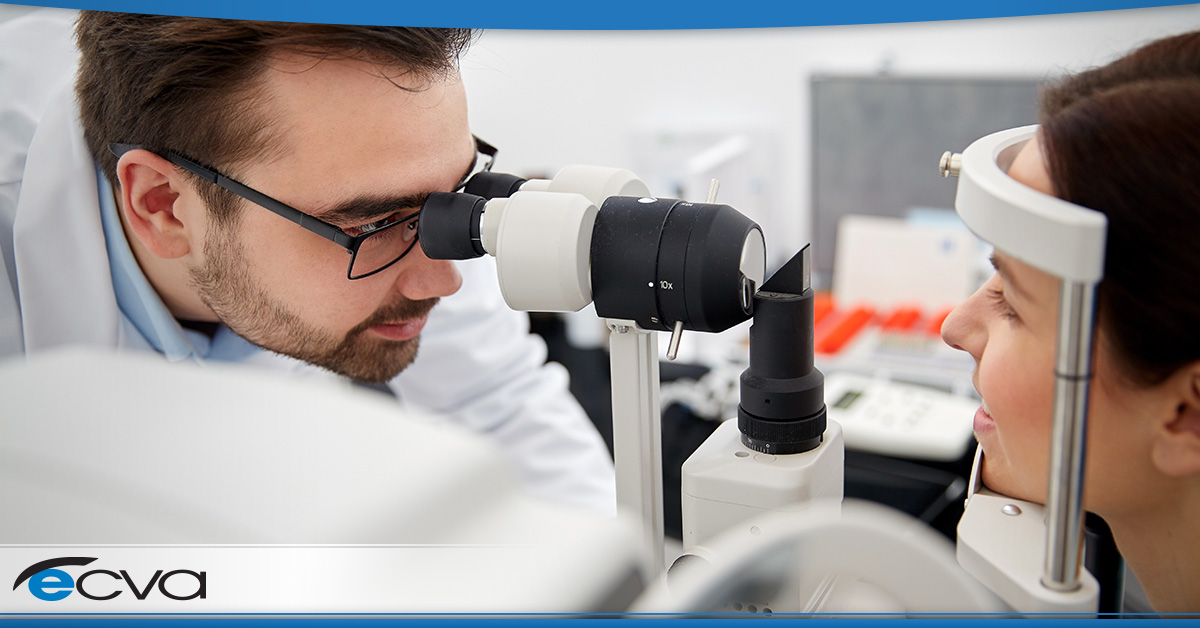Retinal detachment is a severe medical condition that can cost you your vision. As a result, it should always be taken seriously, as quick action is generally essential if you want to preserve your sight or repair any damage.
However, many people wonder if a retinal detachment will heal on its own. If you’re curious about that option, here’s a look at retinal detachments, including why they happen and whether they can heal without intervention.
How Do Retinal Detachments Occur?
Retinal detachments can happen for a few reasons. The most common one is age-related. It begins with a retinal tear, which allows vitreous gel in the eye to shift and pull the retina away from the back of the eye. Tractional retinal detachments can occur when scar tissue pulls the retina away, a process that is more common in individuals with diabetes.
With an exudative retinal detachment, fluid builds up behind the retina, pushing it away from the back of the eye. Leaking blood vessels, swelling after an injury, inflation, and macular degeneration can all potentially cause this type of detachment.
Does a Retinal Detachment Heal on Its Own?
If you’re wondering whether a retinal detachment can heal on its own, it’s essential to understand the difference between “healing” and “repairing” in the context of the condition. Technically, the eye can heal from this injury without intervention. However, it won’t repair any damage done. For example, a retina won’t typically reattach without medical intervention.
There are also no home treatments for retinal detachment. Without assistance from your eye care provider, the best you can hope for is no vision loss beyond what you’re currently experiencing, though that may be unlikely if scar tissue, swelling, or other potential side effects exacerbate the detachment.
Treating a Retinal Detachment
As mentioned above, retinal detachments typically require treatment from an eye care provider if you want to preserve your vision or repair any damage. Depending on the type of retinal detachment, various courses of action may be viable.
If there’s a retinal tear, thermal or cryopexy treatments may repair it, preventing any leakage that could lead to a detachment. Pneumatic retinopexy is another option for smaller tears, involving the placement of a strategic bubble to stop leakage.
A scleral buckle can reposition the eye slightly, essentially pushing a segment of the eye back so that the tear or detachment can potentially heal. For larger tears or detachments, a vitrectomy could be necessary.
In many cases, success rates tend to range from 80 to 90 percent, depending on the procedure. Additionally, it could take up to several months for your vision to return, even if it’s a success, depending on the nature of the issue, the severity of the detachment, and other factors.
At ECVA, the safety and health of our patient’s eyes are our priority. If you are experiencing symptoms of a retinal detachment or simply haven’t seen your eye care provider in the past year, the ECVA team is here to help. Schedule an appointment at your closest ECVA clinic today.












